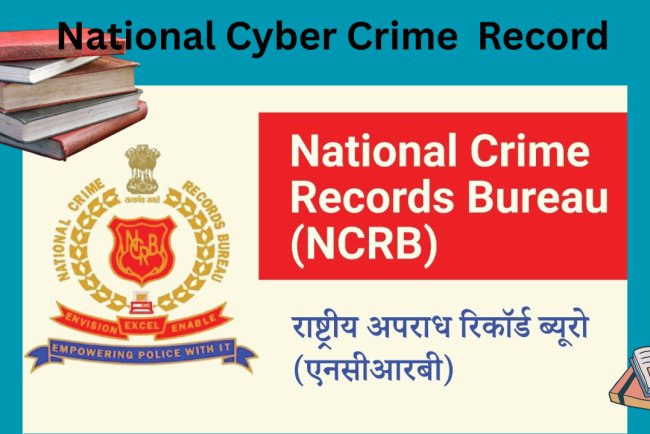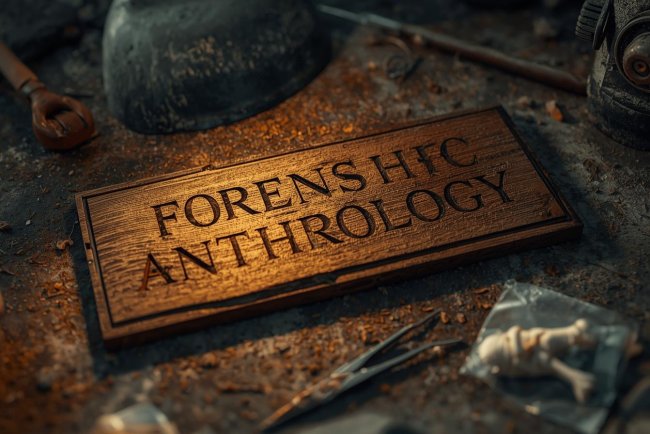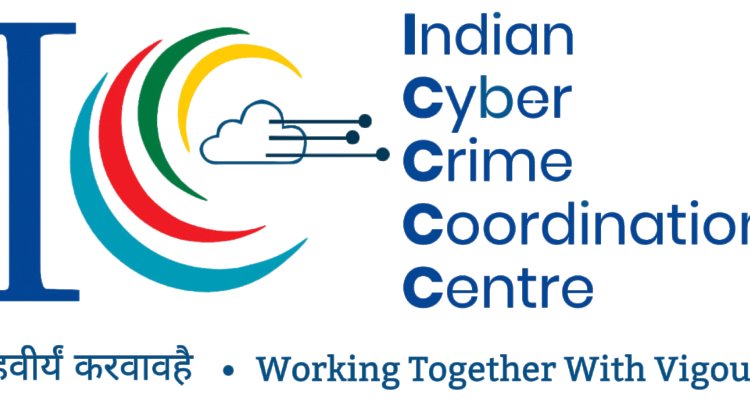3D Crime Scene Reconstruction: A New Era in Forensic Science
In the quickly changing field of forensic science, technology is now an essential tool for crime solving. Today, 3D crime scene reconstruction is one of the most cutting-edge and revolutionary technologies. Investigators may now digitally recreate crime scenes thanks to this innovative technique, which offers a very realistic and engaging means of examining and comprehending the series of events that precede and follow a crime.
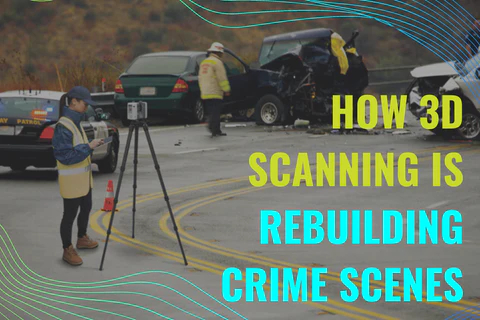
What is 3D Crime Scene Reconstruction?
Reconstructing a crime scene in three dimensions using cutting-edge technologies, including drones, photogrammetry, laser scanners (LiDAR), and specialised modelling software, is known as 3D crime scene reconstruction. 3D models provide a comprehensive, lifelike, and interactive depiction of the situation, in contrast to conventional sketches or photos, enabling more accuracy and understanding.
Law enforcement and forensic specialists employ this technique, but so do solicitors, who show juries these computer reconstructions in court to help them see the events as they happened.
How Does It Work?
1.Data Collection
Investigators start the procedure at the crime scene by taking precise measurements and photographs using drones or 3D laser scanners. A "point cloud"—a computer representation of the area—is produced by using the millions of data points that these devices capture.
Also, to assist photogrammetry, which stitches 2D images into a 3D model, high-resolution photos are captured from various perspectives.
2. Digital Modeling
Software such as FARO Zone 3D, RealityCapture, or SketchUp are used to process the gathered data. The surroundings of the crime scene, including important items like guns, bloodstains, bullet holes, and bodies, is replicated in the computer model. Additionally, some reproductions mimic the time of day, the weather, or the lighting.
3. Analysis and Simulation
Once the digital environment is built, forensic experts and analysts can simulate events:
-
Bullet trajectory analysis in shootings.
-
Movement tracking of victims or suspects.
-
Collision reconstruction in vehicular accidents.
-
Explosive or fire origin identification in arson cases.
4. Courtroom Presentation
The courtroom is arguably one of the most significant settings for 3D reconstructions. Virtual reality (VR) headsets have made it possible for jurors and judges, who frequently lack comprehension of intricate forensic evidence, to "walk through" the crime scene or view animated simulations that depict the possible course of the crime. This facilitates decision-making and increases transparency.
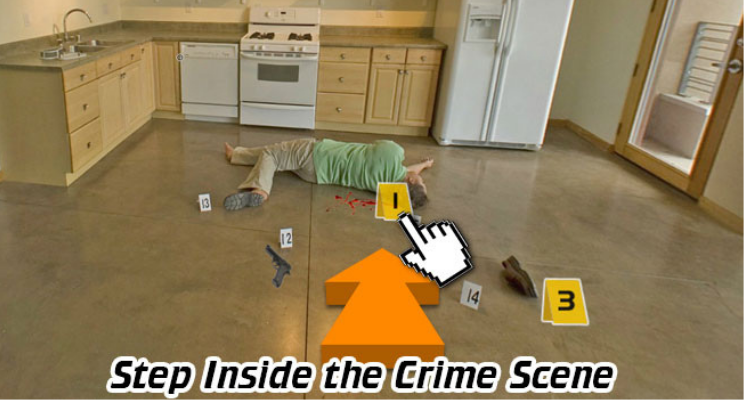
Applications in Modern Criminal Investigations
3D crime scene reconstruction has been successfully applied in various types of investigations:
-
Homicides and Assaults: Determining the position of the victim and suspect.
-
Traffic Collisions: Reconstructing vehicle movements and crash impacts.
-
Shootings: Tracing the bullet paths and shooter locations.
-
Fire and Explosion Incidents: Analyzing the source and direction of damage.
-
Terrorist Attacks and Mass Casualty Events: Creating detailed reports for large-scale scenes.
Advantages of 3D Reconstruction
Accuracy and Detail: By offering an exact digital representation, this eliminates the possibility of human error in measurements or hand drawings.
Even after it has been cleared or changed, the crime scene data is preserved in the permanent record.
A better understanding of complex forensic evidence by laypeople is a benefit of improved jury comprehension.
Remote Access: This allows for worldwide cooperation by enabling experts to examine the scenario from any location.
Challenges and limitations
-
Cost and Expertise: Requires specialized equipment and trained personnel
-
Data Integrity: Must ensure no tampering with digital evidence
-
Legal Standards: Must meet admissibility criteria under evidence law (e.g., Daubert or Frye standards)
-
Ethical Considerations: Especially when visualizing violent or traumatic scenes
Follow cyberdeepakyadav.com on
Facebook, Twitter, LinkedIn, Instagram, and YouTube
What's Your Reaction?








